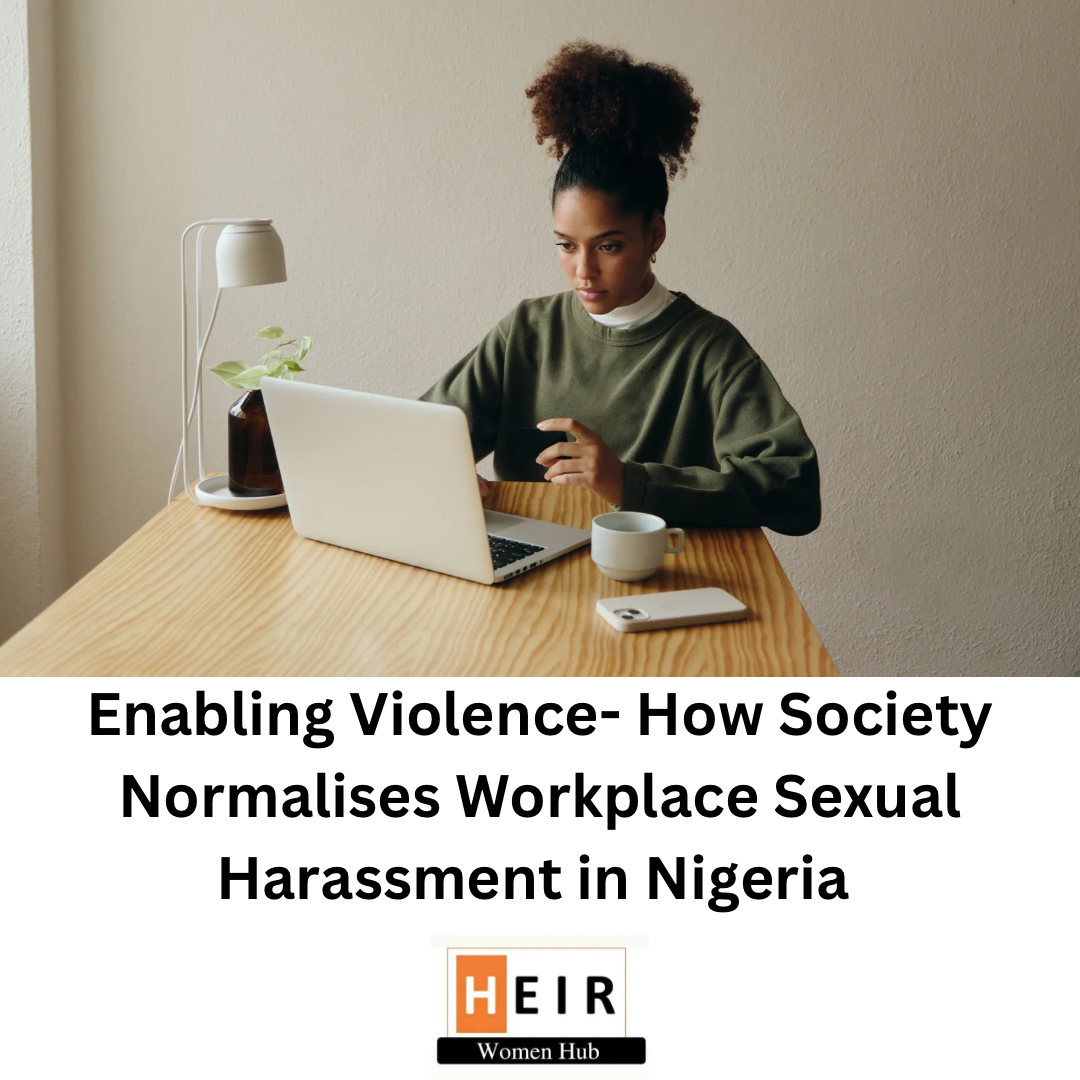
A Contextual View
Workplace sexual harassment remains a pervasive issue, with women and younger employees being disproportionately affected. About half of all women become victims at some point in their work lives, according to Folke and Rickne (2022). Sexual harassment is viewed as a form of gender-based discrimination. Hence, it is regulated by equalities agencies in many advanced countries. For instance, the Equality and Human Rights Commission (EHRC) in the United Kingdom (UK) and the Equal Employment Opportunity Commission (EEOC) in the United States of America (USA).
Existing studies document that the experience of sexual harassment has severe adverse consequences for the physical and mental well-being of the victims (Fitzgerald and Cortina, 2018; Folke and Rickne, 2022) and disrupts the work environment. People subjected to harassment are at heightened risk of experiencing mental health conditions, including depression, anxiety, and post-traumatic stress disorder as well as physical symptoms like headaches, insomnia, nausea, weight fluctuations, and cardiovascular issues (Fitzgerald and Cortina, 2018; Heymann et al., 2023). Also, the occurrence of sexual harassment at the workplace can result in employment disruptions, including job loss, either due to dismissals by perpetrators or voluntary resignations by victims seeking to escape hostile work environments. For those who remain employed, sexual harassment can frequently lead to increased absenteeism and reduced engagement with work (Folke and Rickne, 2022). All these can cause a decline in productivity and undermine economic performance at both organisational and national levels (Heymann et al., 2023). The adverse effects on employee well-being, organisational performance, and the economy highlight the critical importance of addressing sexual harassment.
Normalising Workplace Sexual Harassment
One of the major challenges in addressing workplace sexual harassment is underreporting. Dahl and Knepper (2021), based on an anonymous survey, show that approximately 4% of employees in the USA report that they experience workplace sexual harassment each year but only about 0.01% of employees lodge a formal sexual harassment complaint with the federal agency responsible for enforcing all federal anti-discrimination laws. A major concern with underreporting is that it worsens the behaviour as it further pushes the boundaries of misconduct, perpetuating a cycle of abuse and non-accountability.
Who is accountable?
In recent years, there have been intensified demands for proactive measures to prevent sexual harassment. Among these measures, the adoption of a formalised sexual harassment policy has emerged as a critical strategy for deterring incidences and encouraging reporting, fostering safe and inclusive work environments. Adopting sexual harassment policies can delineate unacceptable behaviours, establish reporting and redress mechanisms, and signal an organisation’s commitment to upholding standards of professionalism and respect. However, despite their potential benefits, the adoption and implementation of sexual harassment policies vary widely across organisations and sectors. This variability raises important issues about the determinants of policy adoption, the factors influencing effective implementation in organisations with existing sexual harassment policies, and the institutional contexts that shape organisational responses to sexual harassment.
The Examination of workplace sexual harassment policies is a project supported by the Africa Women Development Fund KASA! Initiative.
Añuli Aniebo
References
Dahl, G.B. & Knepper, M.M. (2021). Why is workplace sexual harassment underreported? The value of outside options amid the threat of retaliation. National Bureau of Economic Research (NBER) Working Paper 29248.
Fitzgerald, L.F. & Cortina, L.M. (2018). Sexual harassment in work organizations: A view from the 21st century, in: C. B. Travis, J. W. White, A. Rutherford, W. S. Williams, S. L. Cook, and K. F. Wyche (Eds) APA Handbook of the Psychology of Women: Perspectives on Women’s Private and Public Lives. Washington, D.C.: American Psychological Association, pp. 215–234.
Folke, O. & Rickne, J. (2022). Sexual harassment and gender inequality in the labour market. The Quarterly Journal of Economics, 2163–2212. https://doi.org/10.1093/qje/qjac018.
Heymann, J., Moreno, G., Raub, A. & Sprague, A. (2023). Progress Towards Ending Sexual Harassment at Work? A Comparison of Sexual Harassment Policy in 192 Countries. Journal of Comparative Policy Analysis: Research and Practice, 25(2), 172-193
